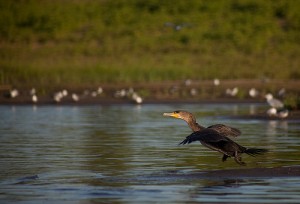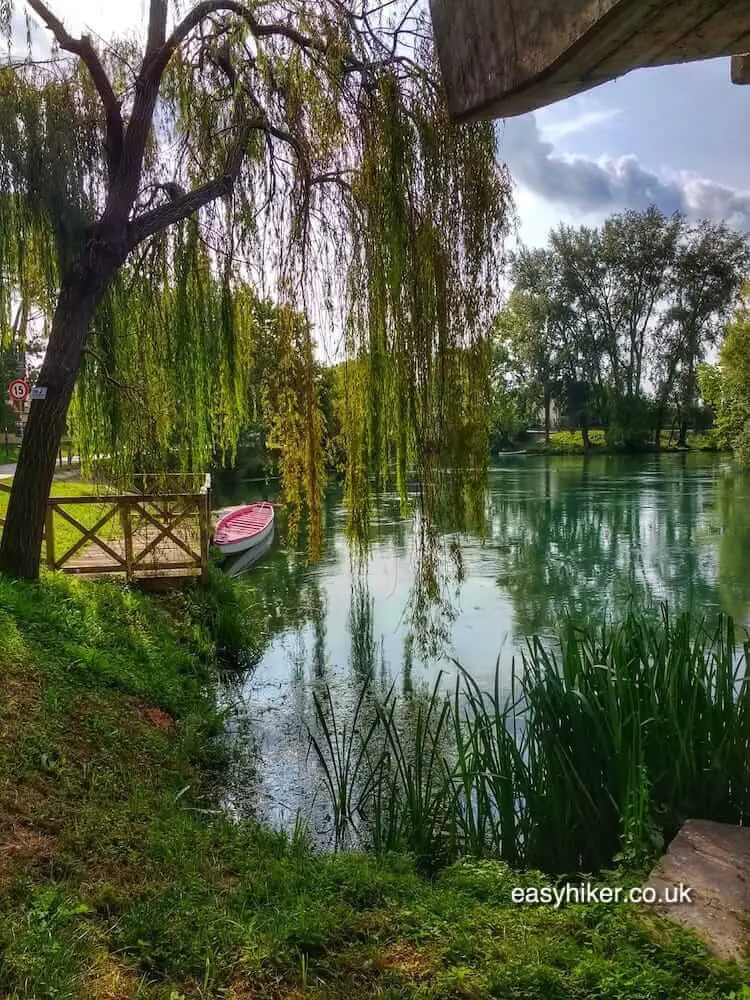

The Volga Delta and the Caspian sea provide superb fishing grounds, the fishing going hand in hand with the caviar industry based also at the delta, very near Astrakhan. Other resources include salt and natural gases. A substantial amount of petrol is brought up in the Volga Valley. Where the wheat grows, also many mineral riches are found.

Caspian Sea Russian Kaspiyskoye More Persian Darya-ye Khezer world’s largest inland. From Valdai the river flows east past a group of small lakes and towns including Lake Sterzh. The Volga produces large quantities of wheat in the fertile parts of the river. The Volga River originates from the Valdai Hills as a small stream and only becomes a true river after it being joined by several of its tributaries. The Volga is used in many ways up and down the river. There has not yet been a drought near the Volga due to the fact that it is in Russia! The Volga river floods about every 8-12 years, the most recent being April 2012, where thousands were evacuated. The Volga has a high chemical pollution because of the high industrial levels it is used for.

This conflict involved Germany and The Soviet Union, battling out across the Volga, one side on each bank. During the 20th century, the Battle of Stalingrad, possibly the bloodiest battle in history took place. In the 16th century the Russo-Kazan wars swept through the many empires of Russia around the Volga. The river served as an important trade route for empires up and down the Volga connecting Scandinavia, Rus' and Volga Bulgaria with Khazaria and Persia. A powerful kingdom of Volga Bulgaria thrived were the Kama River met the Volga, Whole the kingdom of Khazaria controlled the lower parts of the mighty river. Also settling in the first millennium AD were the Huns from Turkey. In the 8th and 9th centuries the slavic people came and introduced christianity to the areas around the Volga. The first recorded peoples to settle near the Volga were the Mari People from the east and the Merya People from the west. People have been recorded to use the Volga for centuries. This is them in order from source to mouth: Tver, Yaroslavl, Nizhny Novgorod, Ulyanovsk, Kazan, Samara, Saratov, Volgograd (formerly Stalingrad) and Astrakhan. The river Volga passes through nine cities. The Volga delta is 160 km long, and runs into over five hundred other smaller rivers and channels. It has many tributaries, the main ones being the Kama River (on the left side) and the Oka River (on the right side). The mouth is in the Caspian Sea, a huge 3692 km away from the source. The Valdai hills are 225m above sea level so it runs down hill from the lake and forms a river. The source of the river Volga (Во́лга) is in the Valdai hills, the water coming from the Lake Verkhnevolzhskoye.


 0 kommentar(er)
0 kommentar(er)
